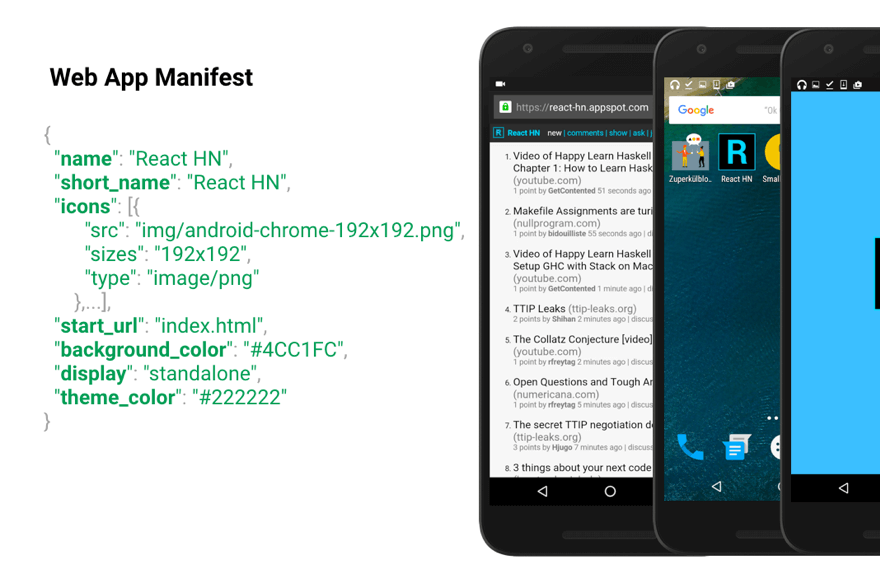The Challenge of Modern Web Design
VIRTUAL REALITY WEB DESIGN exists to do one thing: provide immersive, engaging, and accessible digital experiences to an interested audience. But according to numerous industry reports and user feedback, that lofty goal is often compromised. Poor implementation, its authors conclude, happens on a massive scale and is growing quickly. In fact, though the number of websites doubles every few years, the number with clunky, non-functional, or poorly integrated virtual reality web design elements has risen sharply. If nothing is done, says one leading web developer, "The user experience in its current form would be destroyed."
A Practical Guide to Implementing Virtual Reality on WordPress
So, how do you avoid these pitfalls and successfully integrate virtual reality into your WordPress site? Let's break it down step by step. First, it's crucial to understand how WordPress works step by step. Essentially, you install WordPress (perhaps a WordPress install in subdirectory if you're adding it to an existing site), choose a theme, add content via posts and pages, and extend functionality with plugins. For VR, you'll need a specialized plugin. I recommend starting with something like "WP VR" or "360° Panorama Viewer." These plugins are user-friendly and don't require you to be a coding expert. You simply install them like any other plugin, upload your 360-degree images or videos, and use shortcodes to embed the experience into your pages or posts.
Now, a crucial consideration for many site owners is monetization. You might be wondering how to add AdSense to WordPress blog pages that feature this VR content. The process is the same as for any other page. Once you've been approved for AdSense, you can insert the ad code into your site. Many themes have built-in ad widgets, or you can use a plugin like "Ad Inserter" to place ads strategically. Just be cautious—don't let ads disrupt the immersive VR experience. Place them outside the main viewer container to maintain a clean, professional look.
- Choose a VR-friendly WordPress theme or a neutral theme that won't conflict.
- Install a dedicated VR plugin from the repository.
- Create or source your 360-degree media assets.
- Upload and configure the VR experience within the plugin settings.
- Use the provided shortcode to add VR to any post or page.
- For ads, use a plugin to insert AdSense code on pages with VR content, ensuring non-intrusive placement.
| Step | Action | Tool/Plugin Example |
|---|---|---|
| 1 | Theme Preparation | Any lightweight, compatible theme |
| 2 | VR Plugin Installation | WP VR |
| 3 | Media Upload | Plugin media uploader |
| 4 | Implementation | Plugin shortcode |
| 5 | Monetization (Optional) | Ad Inserter |
Let WPutopia Handle the Technical Details
Integrating advanced technology like virtual reality can feel daunting, but you don't have to do it alone. The team at WPutopia specializes in making advanced web design accessible. We provide expert WordPress services, including seamless WordPress install in subdirectory, theme upgrades to ensure VR compatibility, and professional plugin installation and configuration. We can even help you optimize how to add AdSense to WordPress blog sections to monetize your new, immersive content effectively. If you want to embrace the future of web design without the stress, contact WPutopia today. Let us handle the maintenance and technical challenges so you can focus on your vision.













